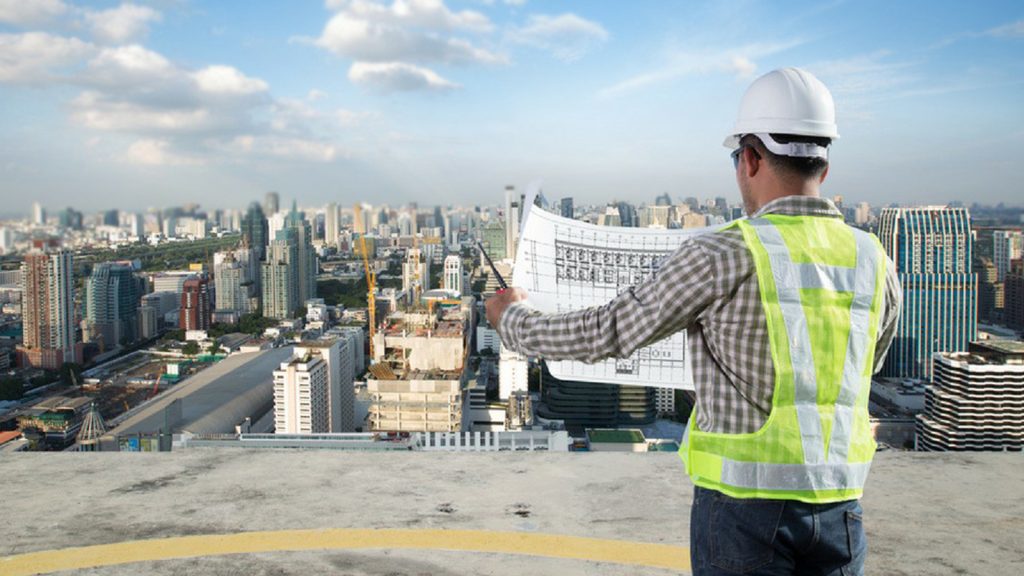Construction Cost Per SF in Tennessee


Building a home for oneself and loved one is the dream of too many people, and if you are one of them, Tennessee is for you. It is a place where wealth and nature equally participate. Building a house in Tennessee offers you a sense of satisfaction as it includes the Great Smoky Mountains, rivers, rolling hillsides, and lakes. However, Tennessee is a bustling city but offers you various rural areas to build your house at a reasonable cost.
It is one of the few reasons that building costs are 2% less than the national average but building costs might vary based on your requirements. The real estate market is unstable as material and land prices are not fixed. So, you should consider a building estimating service, as it will let you know the cost of constructing your home. Remote Estimation is a construction cost estimating services provider that will help you with the estimation of construction takeoff and costs.
How Is the Tennessee Market for Building a House?
The Tennessee market is in good shape, and home prices are growing each year. In the last five years, the total growth of home prices has been 80% in the market. Building your home in Tennessee is a value for money due to the wealthier neighborhood and great connection to nature. One can build their house at very cheap prices, as a wood plank can be used for a wall. However, an average house consists of 3 bedrooms, two bathrooms, and a kitchen that will cost $250,000.
Required Cost of Building a House in Tennessee
When you start building a house, understand the required building cost so you can allocate your expense. However, here are the things where you need to invest.
- Land
Without land, you can’t build a house, so if you have decided to construct a home in Tennessee, purchase land. However, land price varies based on the location and size. Look for land that is located at a place where sewer and cable lines are connected. It will enhance the value of your house. You can also take advantage of construction cost estimating services from us to get a basic idea of construction costs.
- Material
Material demands the biggest investments in terms of building a great home. It can make or break your home, as it takes 30-50% of the overall cost of the construction, so takeoff service becomes necessary for you to ensure the exact pricing of the material. However, material costs are not stable and likely to go up with the national supply chain issue. Lumber is crucial for home builders, but in recent years, the price has skyrocketed, which has affected the bottom line of the construction. Recently, there has been a shortage in the construction industry that has affected the home price. So, avoid paying the extra money to the builder by taking the building estimating service from us.
- Labor
Without Labour, you can’t imagine the construction of your house, and skilled labor is necessary for the expected output. However, a labor or construction worker charged between $15 – $18 per hour is expensive, but it is less costly than in other parts of the country. Hiring a reputable construction worker who can use the material very efficiently is necessary.
- Other Factors
Apart from land, material, and labor, many things affect the construction cost, like customizing your home. Generally, customization can add to your expense due to the infinite choice of materials. With the help of construction cost estimating services, you can allocate the budget for the customization of your house. For instance, you can add cost-friendly options to your house without compromising your predetermined plans. It will also not take a toll on your pocket.
How to Construct an Affordable House?
Who doesn’t want to build a house at an affordable price? It might be possible that you want to upgrade certain features of your house. You can do these things at an affordable price by following these things.
- Make a Budget
Budgeting is the first and most important step in building your house. It facilitates you with the basic idea to start building your home. At Remote Estimation, you will get the exact budget of your dream house with our building estimating service. It ensures you can pay for your dream house or look for other options.
- Pick a Location
Location is one of the crucial aspects of building a house; however, avoid rushing to buy low-priced land. Just because too much land is on sale doesn’t mean you should invest blindly. Look for an area where your lifestyle will be great.
- Collaborate with Right Builder
Next is to find the right builder to build your house. The market is filled with builders, so take time to discuss your budget and ensure they fit your budget and requirements.
- Choose the Size and Type of House
The cost of a home depends on the type and size, as one-story is the economical option. However, the beauty of building a new home is that you can choose sizes and types yourself.
Make Construction Possible with Remote Estimation
Everyone wants to build a home, but many people can’t do it due to the high cost. However, you can build your home at a reasonable price when you understand the building cost. Remote Estimation is a takeoff and building estimating service provider. We help you to estimate the budget before the construction so you can customize them into your budget.
The Cost of Drywall: A Step-by-Step Guide to Estimating Your Next Drywall Project


Drywall is a construction material made of calcium sulfate dihydrate, with or without additives, used to create walls and ceilings. It also features architectural designs, arches, and other design attributes. Whether you are a homeowner or a contractor, understanding the complexities of estimating drywall expenses is crucial for planning and budgeting effectively. So, let’s explore the world of estimating drywall and discover how Remote Estimation can streamline this vital aspect of your construction projects.
Remote Estimation is your trusted partner for efficient and accurate drywall estimation. With our professional estimating services, you will gain access to our team of experts. We utilize industrial knowledge to provide accurate and efficient estimations, saving you time, money, and resources.
Things to Keep in Mind for Your Drywall Project
Here, we have listed certain aspects to be covered in the drywall estimation process.
Assessing the Project Size
It’s crucial to consider the scope of your project when determining costs. From the area that needs to be covered to any architectural features, it’ll help you minimize excessive cost and material. By clearly understanding the project’s scope, you can ensure a more accurate estimation of materials and labor requirements. Moreover, clearly understanding the project’s size is crucial for effective planning and management for you. This understanding helps identify and address potential risks, which minimizes the chances of delays and exceeding the budget.
Material Calculation
Calculating the cost of the materials required for your drywall installation is always important. This includes determining the type and thickness of drywall sheets and considering additional supplies like joint compound, tape, screws, and corner beads. With Remote Estimation’s expertise in drywall estimating services, we can provide precise material calculations, optimizing your costs without compromising quality. Furthermore, our professionals can assist you in identifying potential cost-saving alternatives and recommending the most suitable drywall materials for your specific project requirements, ensuring optimal cost-efficiency and superior results.
Labor Estimation
Estimating the labor costs is a critical aspect of any drywall project. The installation’s complications significantly influence labor costs, the number of skilled workers needed, and the project’s timetable. Remote Estimation’s experienced team understands these complications, offering you reliable labor estimations to help you plan your project budget effectively. Our team at Remote Estimation comprehends the intricacies involved in drywall installation, enabling us to provide accurate labor cost estimates and aiding in efficient budget planning and project management.
Additional Costs
In addition, it is crucial to consider any additional costs besides material and labor expenses that may arise during the drywall project. These include equipment rentals, transportation fees, permits, and unexpected circumstances. Our drywall estimating services encompass a comprehensive approach, ensuring that all possible situations are considered in your estimation. With our comprehensive drywall estimating services, Remote Estimation considers all potential additional costs, such as equipment rentals, transportation fees, permits, and unforeseen contingencies, providing a thorough and accurate project estimation.
What We Have to Offer to Our Customers
At Remote Estimation, customer satisfaction is our top priority. We are dedicated to providing our customers with expert guidance and ensuring their investments yield valuable returns.
We take pride in serving our valued clients with a range of exceptional services, and here are some of the services we offer:
- Comprehensive Solutions: We specialize in accurate cost estimation for construction projects, catering to contractors, developers, and owners.
- Time and Cost Savings: Our experienced team is committed to saving you time and money while ensuring project success.
- Immediate Start: We work on your project estimate without delay, maximizing efficiency and delivering timely results.
- Streamlined Processes: By eliminating unnecessary delays, we ensure your project’s seamless and efficient progression.
- Commitment to Excellence: Our experts meticulously analyze and plan, leaving no detail overlooked and providing precise estimates.
- Partner for Success: We prioritize your satisfaction by delivering complete estimates considering every project aspect.
- Informed Decision Making: Our comprehensive breakdown of costs empowers you to make informed decisions and effectively manage your budget.
- Unlocking Potential: With Remote Estimation, you can save time and money and unlock the full potential of your construction endeavors.
Conclusion
Estimating the cost of a drywall project involves a meticulous approach, considering various factors to ensure accuracy and minimize financial surprises. With Remote Estimation’s specialized drywall estimating services, you can navigate this process seamlessly, allowing you to focus on the successful execution of your construction projects.
With the expertise of our team at your disposal, rest assured that you will be equipped with reliable estimations. These estimations empower you to make well-informed decisions and unlock the potential for optimal results. Contact us today to discuss your drywall estimating requirements and experience the convenience of our professional services. Together, we can streamline your next drywall project and elevate your construction endeavors. Contact us today and experience the difference we can make for your next construction project.

